Treatise on Purgatory
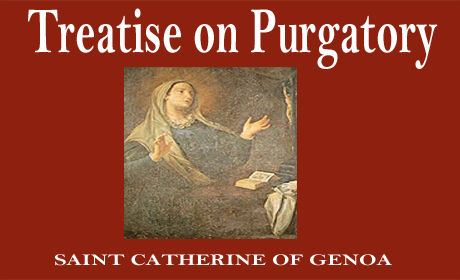
Saint Catherine of Genoa
INTRODUCTION
Saint Catherine of Genoa was born in the Vicolo del Filo in that city, in 1447. She was of the great Guelph family of Fiesca, being the daughter of Giacomo Fiesca, at one time Viceroy of Naples, and granddaughter of Roberto Fiesca, whose brother was Pope Innocent IV. Another Fiesca was Pope Adrian V; for this family gave several princes to the Church and many bold and skillful warriors and statesmen to the state. The saint’s mother, Francesca de Negro, was likewise of aristocratic birth.
Catherine, who was one of five children, was brought up piously. Her earliest biography, written by the priest Cattaneo Marabotto, who was her confessor in her latter years, and by her friend Ettore Vernazza, relates that her penances were remarkable from the time she was eight, and that she received the gift of prayer in her thirteenth year. When she was thirteen she declared to her confessor her wish to enter the convent of Santa Maria delle Grazie, in Genoa, a house of Augustinian Canonesses of the Lateran in which her elder sister Limbania had already taken the veil. He pointed out to her that she was still very young and that the life of a religious was hard, but she met his objections with a «prudence and zeal» which seemed to him «not human but supernatural and divine «. So he visited the convent of her predilection, to which he was confessor, and urged the mothers to accept her as a novice. But they were obdurate against transgressing their custom by receiving so young a girl. Catherine’s disappointment gave her «great pain, but she hoped the Lord Almighty would not forsake her.»
She grew up to be very lovely: «taller than most women, her head well proportioned, her face rather long but singularly beautiful and well shaped, her complexion fair and in the flower of her youth rubicund, her nose long rather than short, her eyes dark and her forehead high and broad; every part of her body was well formed.» About the time she failed to enter the convent, or a little later, her father died, and his power and possessions passed to her eldest brother Giacomo. Wishing to compose the differences between the factions into which the principal families of Genoa were divided–differences which had long entailed cruel, distracting and wearing strife–Giacomo Fiesca formed the project of marrying his young sister to Giuliano Adorni, son of the head of a powerful Ghibelline family. He obtained his mother’s support for his plan, and found Giuliano willing to accept the beautiful, noble and rich bride proposed to him; as for Catherine herself, she would not refuse this cross laid on her at the command of her mother and eldest brother. On the 13th of January, 1463, at the age of sixteen, she was married to Giuliano Adorni.
He is described as a man of «strange and recalcitrant nature» who wasted his substance on disorderly living. Catherine, living with him in his fine house in the Piazza Sant’ Agnete, at first entirely refused to adopt his worldly ways, and lived «like a hermit», never going out except to hear Mass. But when she had thus spent five years, she yielded to the remonstrances of her family, and for the next five years practiced a certain commerce with the world, partaking of the pleasures customary among the women of her class but never falling into sin. Increasingly she was irked and wearied by her husband’s lack of spiritual sympathy with her, and by the distractions which kept her from God.
Her conversion is dated from the eve of St. Bernard, 1474, when she visited the church of St. Bernard, in Genoa, and prayed, so intolerable had life in the world become to her, that she might have an illness which would keep her three months in bed. Her prayer was not granted but her longing to leave the world persisted. Two days later she visited her sister Limbania in the convent of Santa Maria delle Grazie, and at Limbania’s instance returned there on the morrow to make her confession to the nuns’ confessor. Suddenly, as she was kneeling down at the confessional, «her heart was wounded by a dart of God’s immense love, and she had a clear vision of her own wretchedness and faults and the most high goodness of God. She fell to the ground, all but swooning», and from her heart rose the unuttered cry, «No more of the world for me! No more sin!» The confessor was at this moment called away, and when he came back she could speak again, and asked and obtained his leave to postpone her confession.
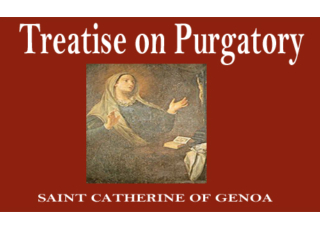
Book eBook Treatise on Purgatory
Saint Catherine of Genoa
4 diciembre, 2017
update 15 agosto, 2021
Go to the Download pageMore eBooks in English
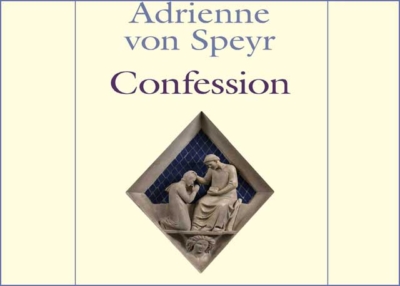
Confession

Rome Sweet Home

An Exorcist Tells His Story
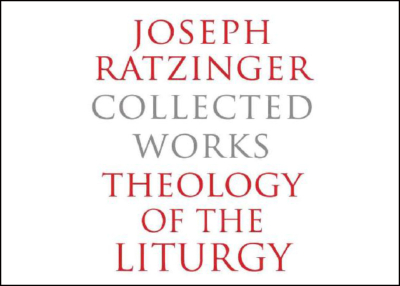
Theology of the Liturgy

Return to the Baltic
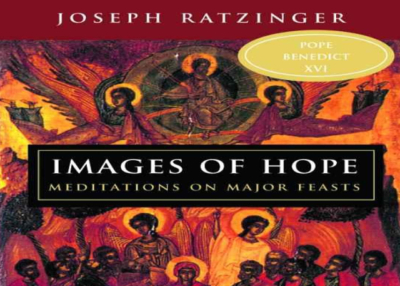
Images of Hope
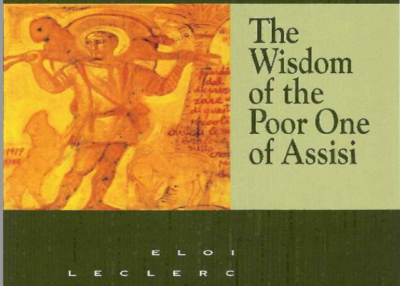
The Wisdom of the Poor One of Assisi

The Great Heresies

The Path to Rome

Tolkien: Man and Myth

Lord of the World By Robert Hugh Benson

Three to Get Married

Via Crucis: A Romance of the Second Crusade
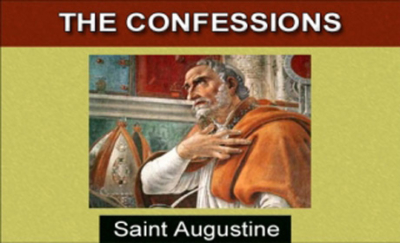
The Confessions of St. Augustine

Read Me or Rue it
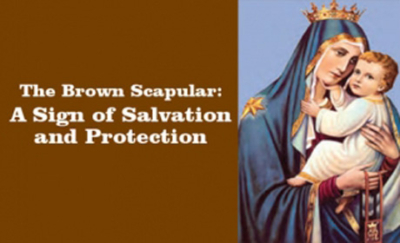
The Brown Scapular, the Most Powerful Sacramental
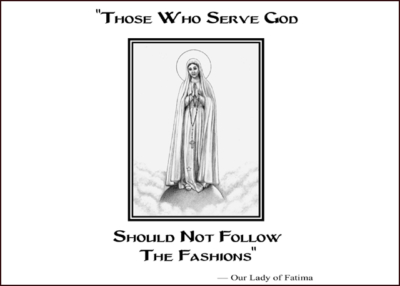
Those Who Serve God Should Not Follow The Fashions
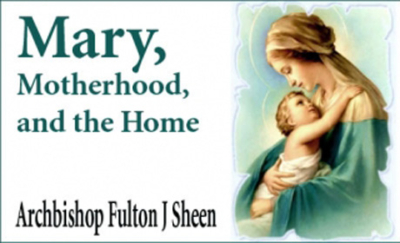
Mary, Motherhood, and the Home
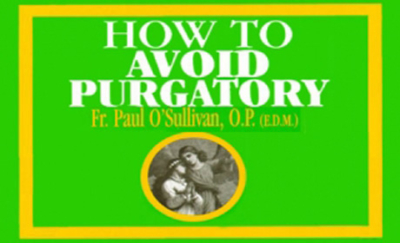
How to Avoid Purgatory

The Story of Annette

The Friendship of Christ
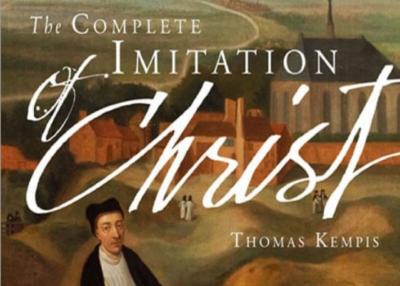
The Imitation of Christ

The Sinner’s Guide

A Letter to the Friends of the Cross
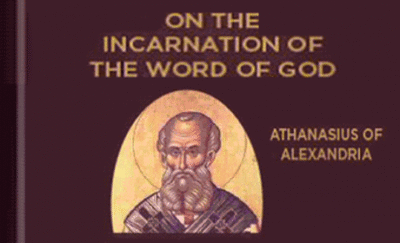
On the Incarnation of the Word of God
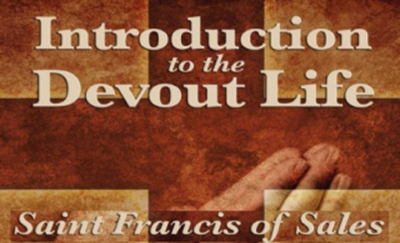
Introduction to the Devout Life

Holy Bible
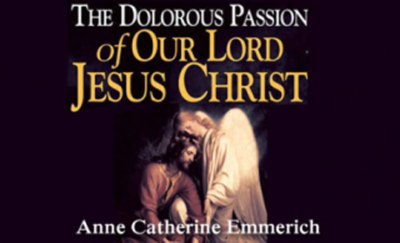
The Dolorous Passion of Our Lord Jesuchrist

Time for God
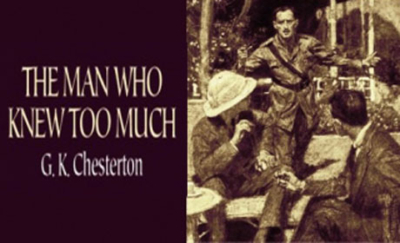

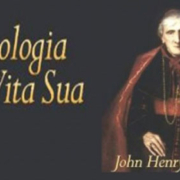
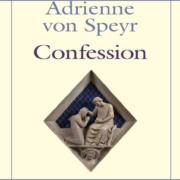
























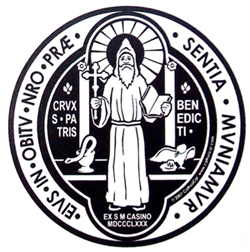
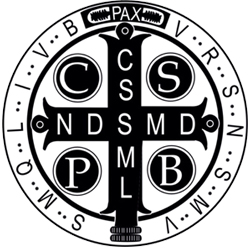
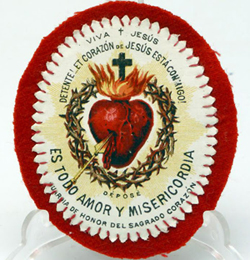


Dejar un comentario
¿Quieres unirte a la conversación?Siéntete libre de contribuir!